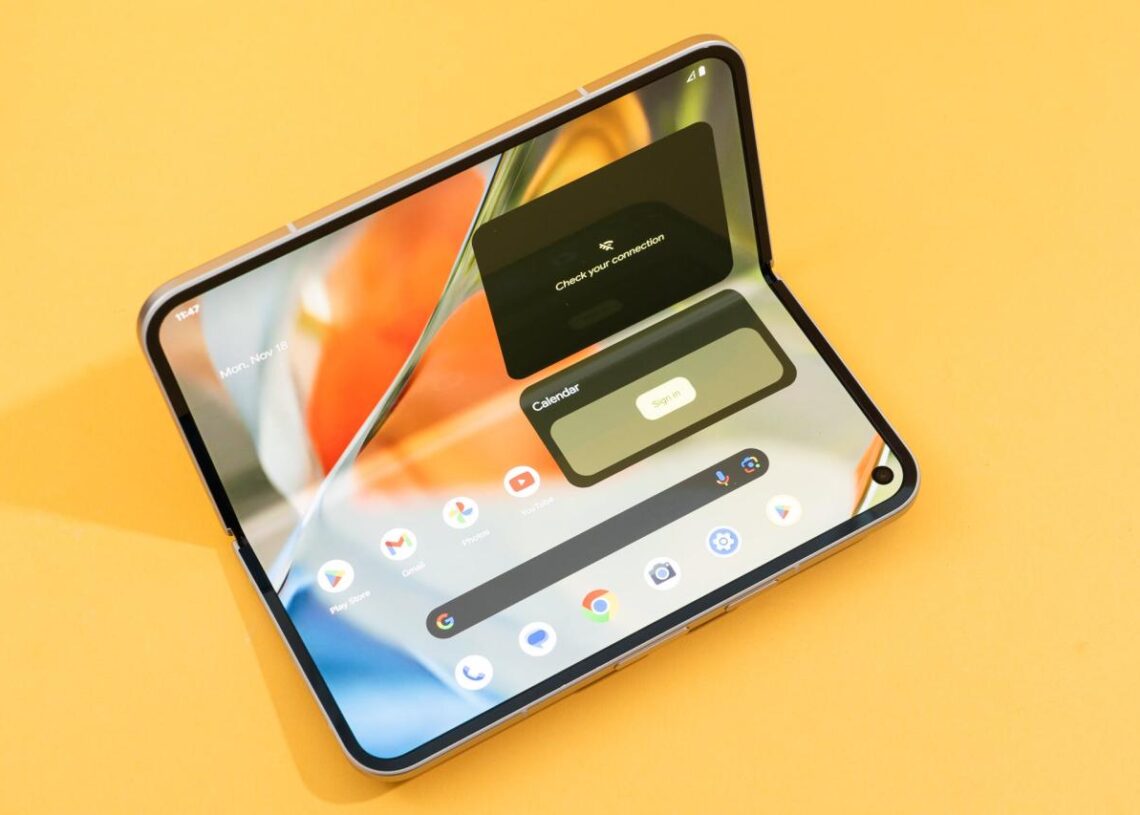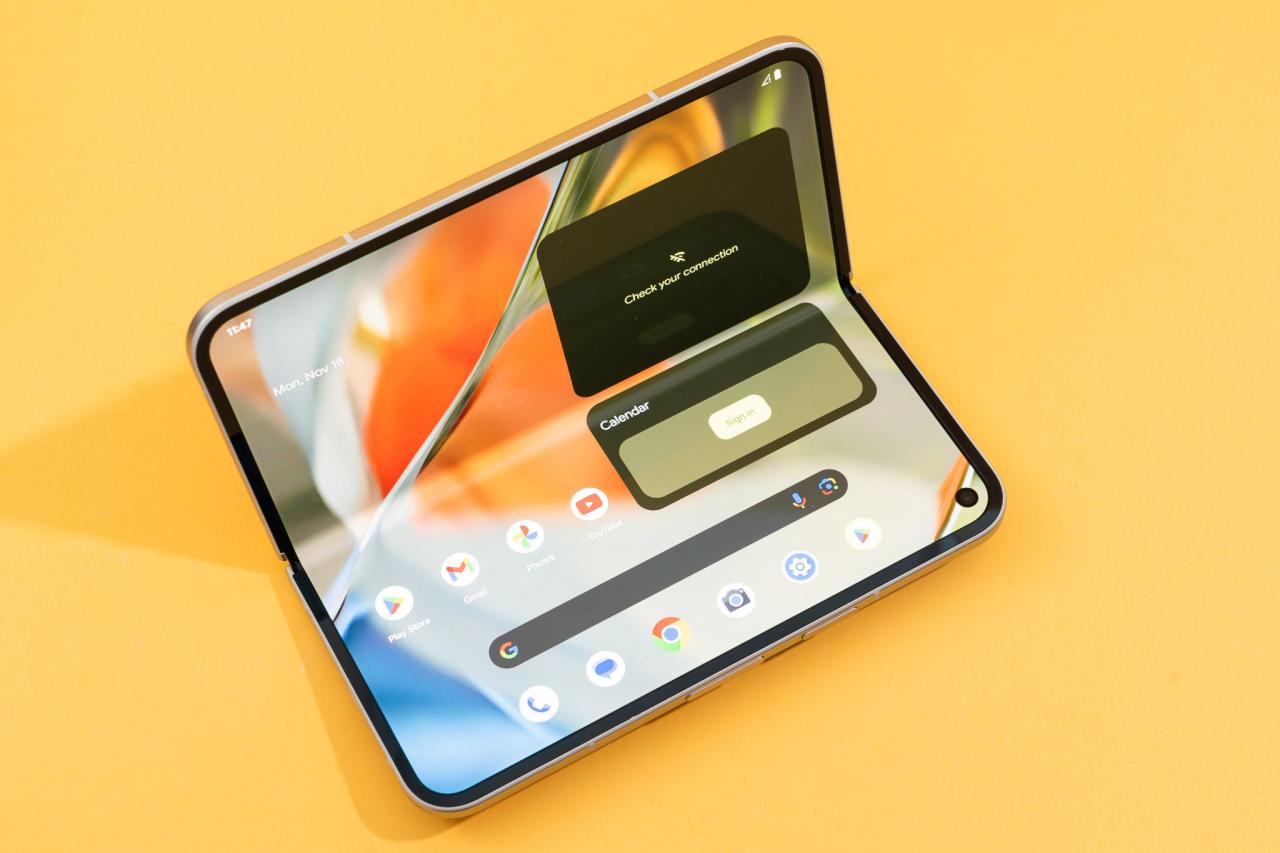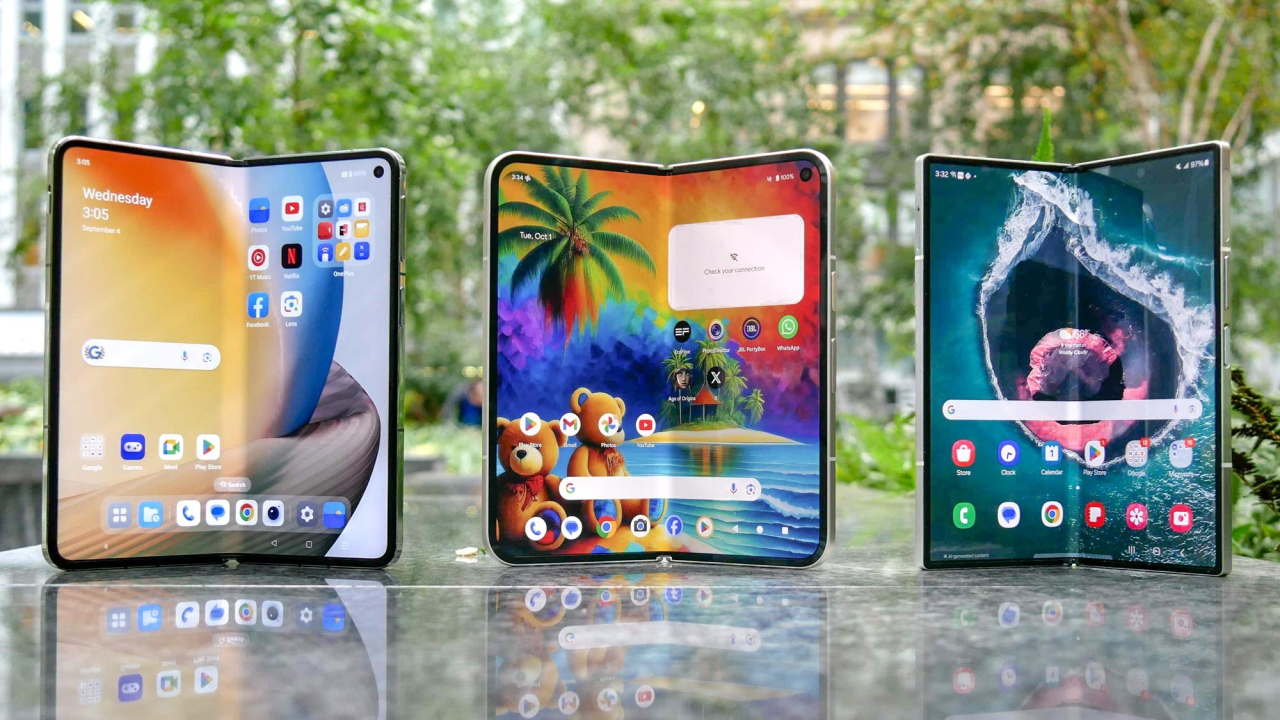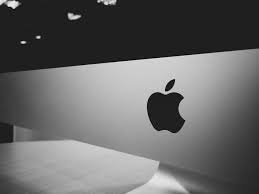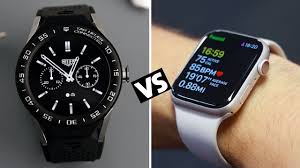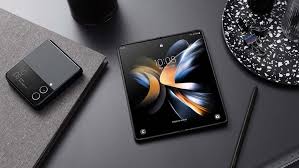-20240514085230776.webp)
The smartphone industry is undergoing a radical transformation with the rise of foldable phones. These innovative devices combine portability with expansive screen real estate, offering users the best of both worlds. As major tech giants like Samsung, Huawei, and Motorola continue to refine foldable designs, consumers are witnessing a new era in mobile technology. In this in-depth guide, we’ll explore how foldable phones are revolutionizing the tech landscape, their advantages, challenges, and what the future holds for this groundbreaking innovation.
A. The Evolution of Foldable Phones
Foldable phones represent the next leap in smartphone design. Here’s how they’ve evolved:
-
Early Concepts (2011-2018) – Prototypes from Samsung and LG showcased flexible displays, but durability was a major hurdle.
-
First Commercial Models (2019) – Samsung Galaxy Fold and Huawei Mate X debuted, despite initial screen issues.
-
Refined Designs (2020-Present) – Improved hinge mechanisms, ultra-thin glass (UTG), and better software optimization.
-
Future Innovations – Rollable screens and multi-fold designs are in development.
Did You Know? The global foldable phone market is projected to reach $50 billion by 2027 (Source: Counterpoint Research).
B. Key Benefits of Foldable Phones
Why are foldable devices gaining popularity? Here are their standout advantages:
-
Larger Screen Real Estate – Unfolded displays rival small tablets, enhancing productivity and media consumption.
-
Enhanced Multitasking – Split-screen modes allow seamless app switching.
-
Portability – Folding into compact sizes makes them easier to carry.
-
Innovative Use Cases – Unique form factors enable new gaming and creative experiences.
Example: The Samsung Galaxy Z Fold 5 lets users run three apps simultaneously on its 7.6-inch screen.
C. Current Market Leaders & Their Offerings
Several brands dominate the foldable phone space:
-
Samsung – Galaxy Z Fold (flagship) and Z Flip (clamshell).
-
Huawei – Mate X series with outward-folding screens.
-
Motorola – Reviving nostalgia with the Razr flip phone.
-
Oppo & Xiaomi – Budget-friendly foldables entering the market.
Comparison Table:
| Model | Screen Size (Unfolded) | Key Feature |
|---|---|---|
| Galaxy Z Fold 5 | 7.6 inches | S Pen support, IPX8 water resistance |
| Huawei Mate X3 | 7.85 inches | Ultra-lightweight (239g) |
| Motorola Razr+ | 6.9 inches | External AMOLED display |
D. Technical Challenges & Solutions
Despite their appeal, foldable phones face hurdles:
-
Durability Concerns – Early models suffered from screen creasing and hinge failures.
-
Solution: Samsung now uses Armor Aluminum and UTG for resilience.
-
-
High Cost – Premium pricing ($1,000+) limits mass adoption.
-
Solution: Mid-range models like the Oppo Find N2 Flip are emerging.
-
-
Software Optimization – Apps must adapt to folding mechanics.
-
Solution: Android 12L introduced foldable-friendly UI enhancements.
-
E. How Foldables Impact User Behavior
Foldable phones are changing how people interact with devices:
-
Productivity – Professionals use them for on-the-go document editing.
-
Gaming – Expansive screens offer console-like experiences (e.g., Asus ROG Phone).
-
Content Creation – Larger canvases benefit video editors and digital artists.
Stat Alert: 65% of foldable phone users report higher satisfaction than traditional smartphones (Source: TechRadar).
F. The Future of Foldable Technology
What’s next for foldables? Exciting developments include:
-
Rollable Phones – LG’s shelved project may inspire future releases.
-
Self-Healing Screens – Patents suggest materials that repair minor scratches.
-
Affordable Models – Brands like TCL plan sub-$800 foldables by 2025.
Industry Insight: Apple’s rumored iPhone Fold could catapult the niche into mainstream adoption.
G. Are Foldable Phones Worth Buying?
Consider these factors before purchasing:
-
Pros:
-
Futuristic design.
-
Superior multitasking.
-
-
Cons:
-
Premium pricing.
-
Battery life trade-offs.
-
Recommendation: Ideal for tech enthusiasts; casual users may prefer conventional flagships.
Conclusion
Foldable phones are redefining mobile technology by merging innovation with practicality. From their evolving designs to transformative use cases, these devices are more than a gimmick—they’re the future. While challenges like cost and durability persist, advancements in materials and software are rapidly addressing these issues. As the market expands, foldables could soon become the new standard.
Tags: Foldable phones, smartphone technology, Samsung Galaxy Z Fold, mobile innovation, Huawei Mate X, future gadgets, tech trends, Android devices, Apple foldable, portable screens

